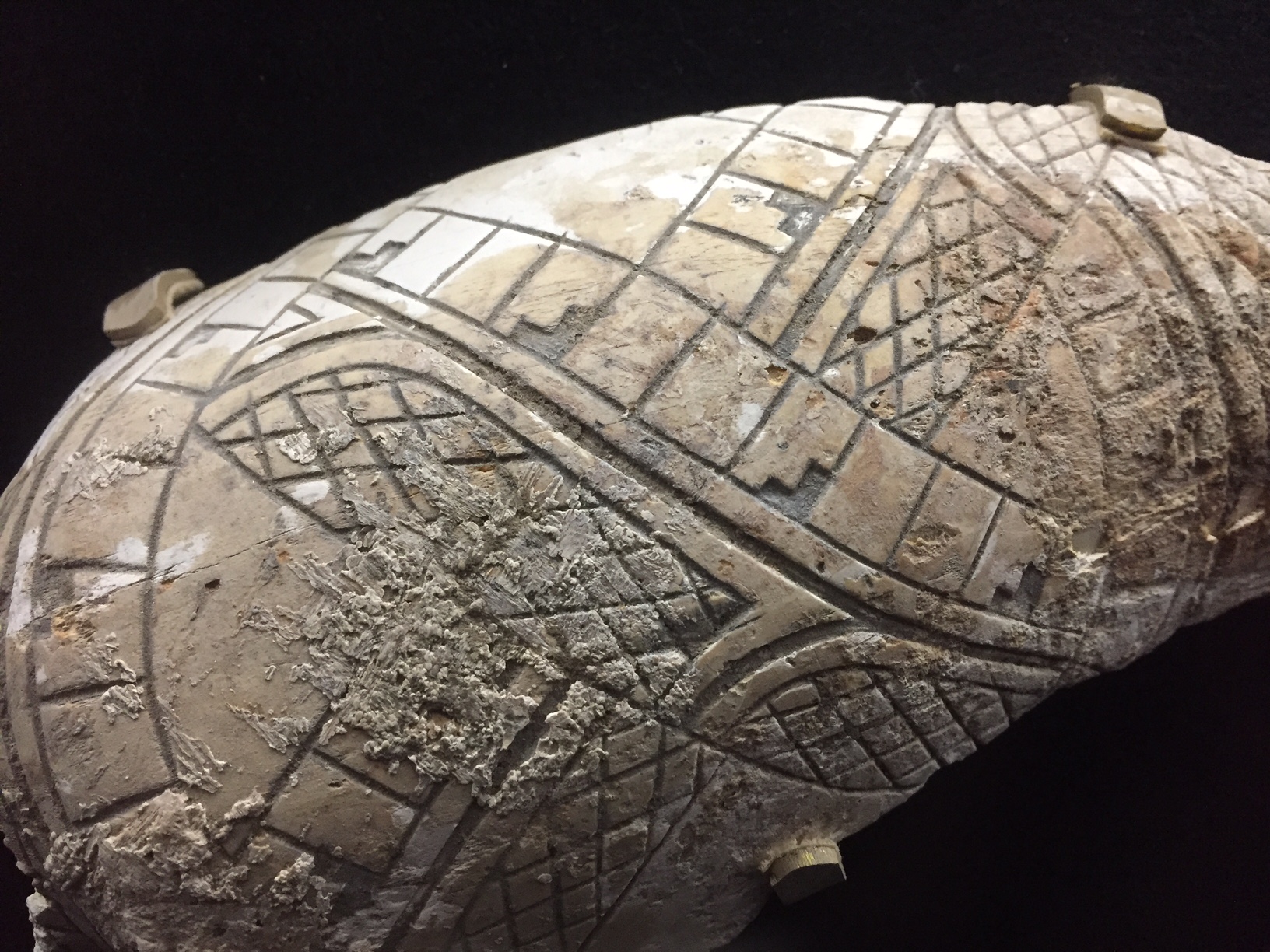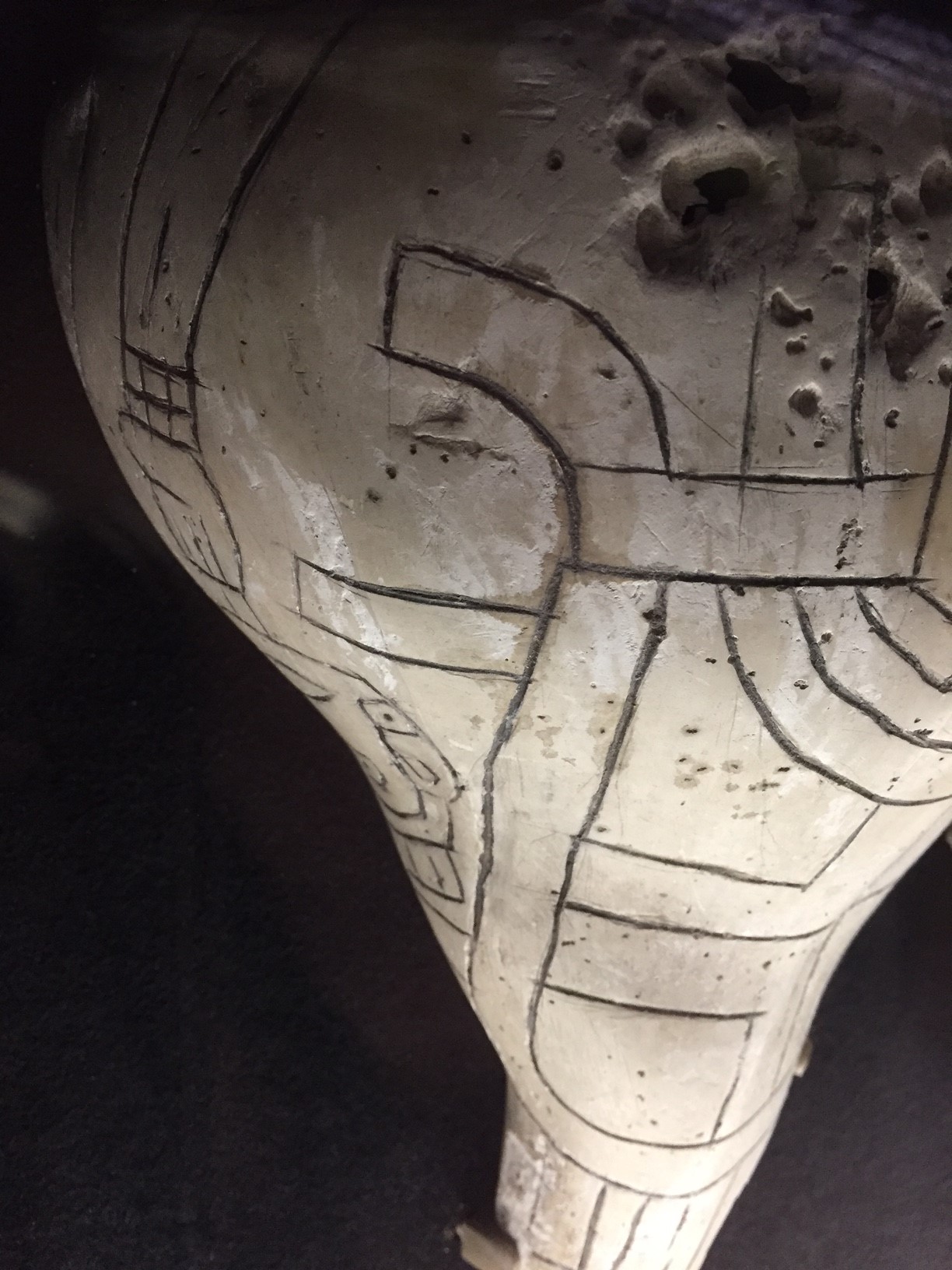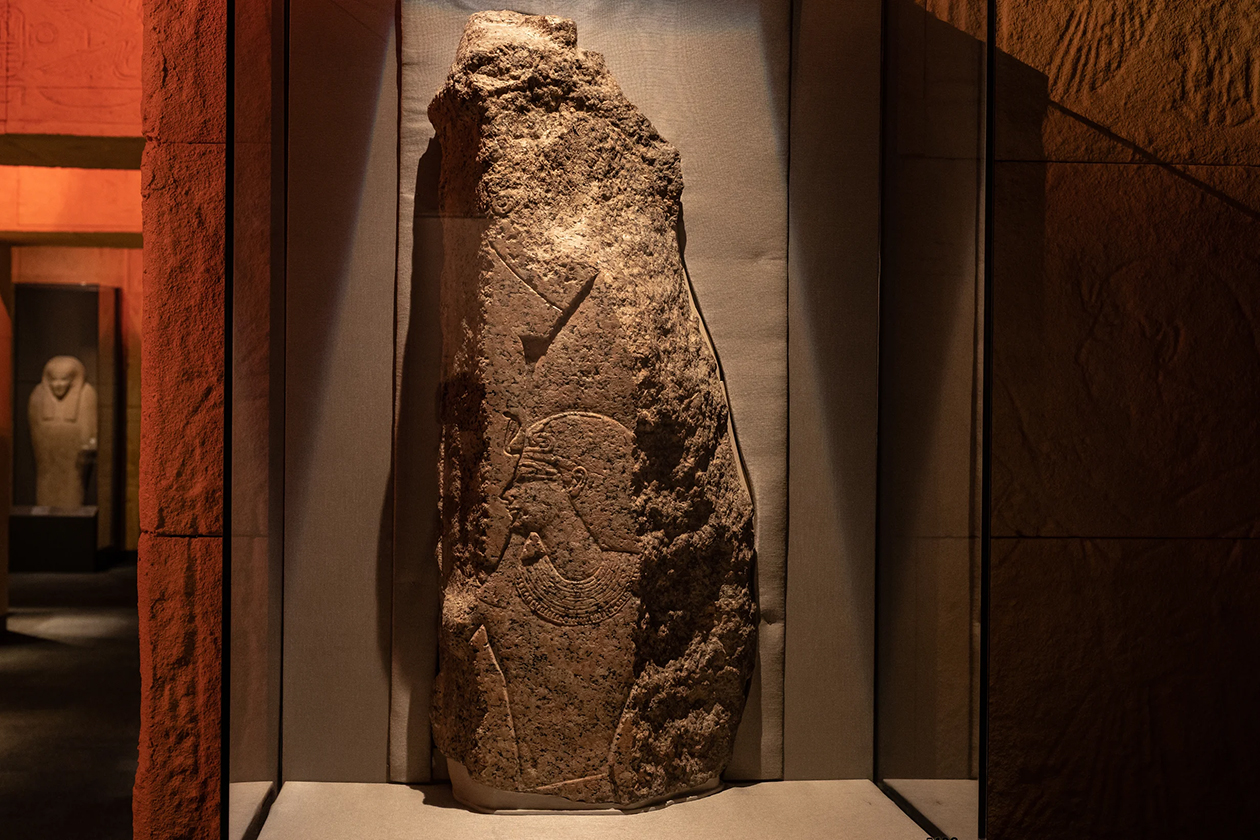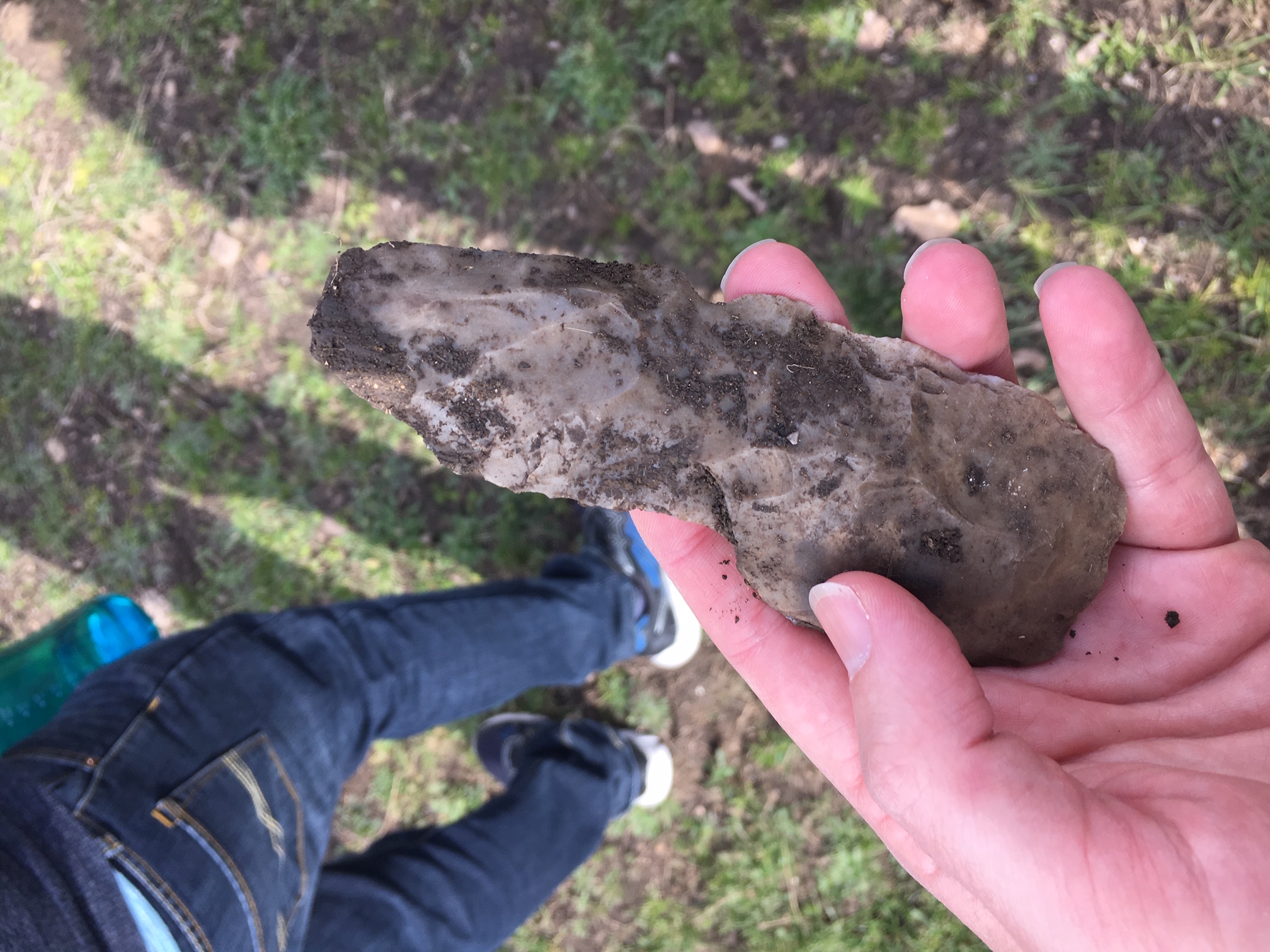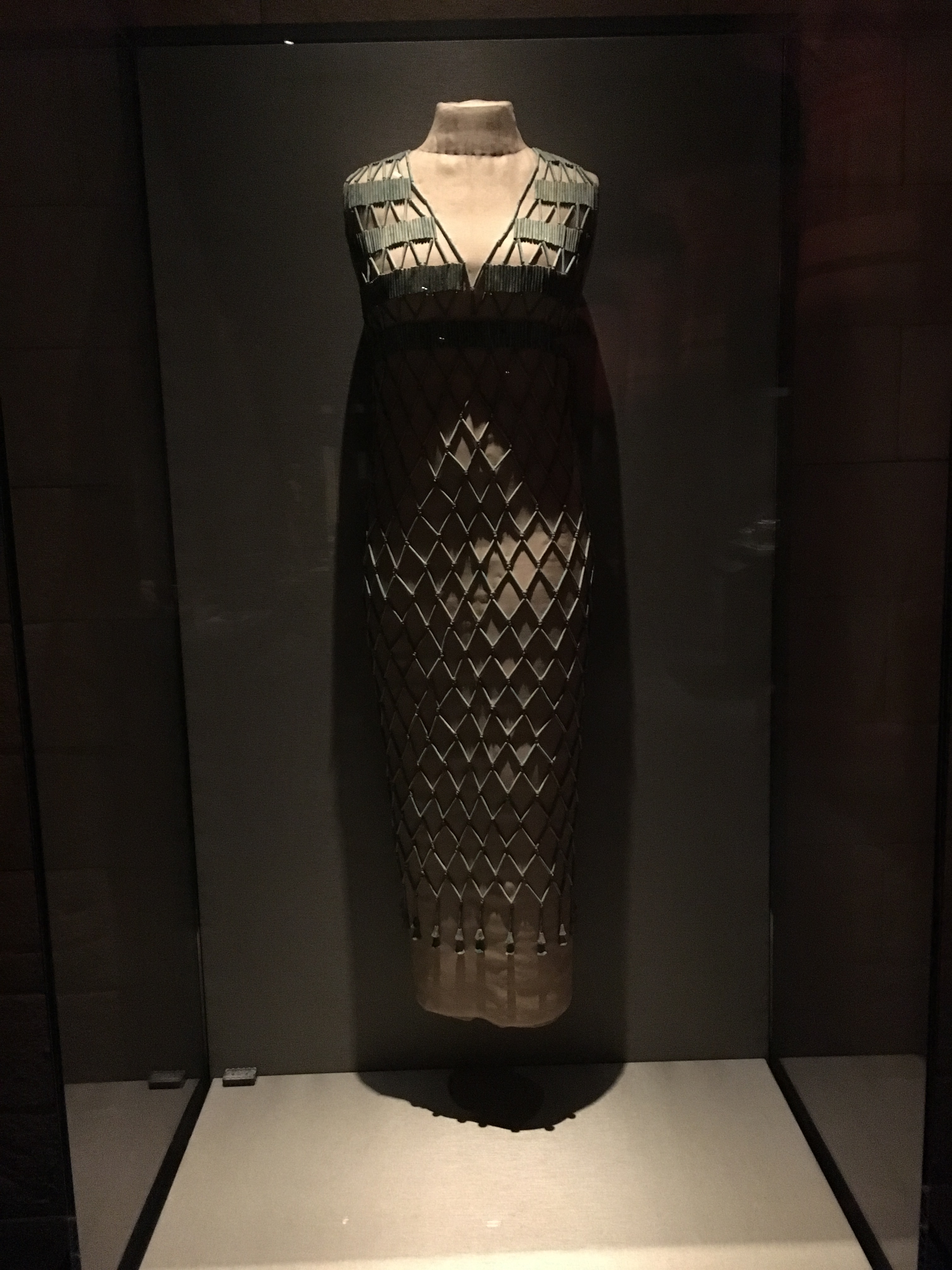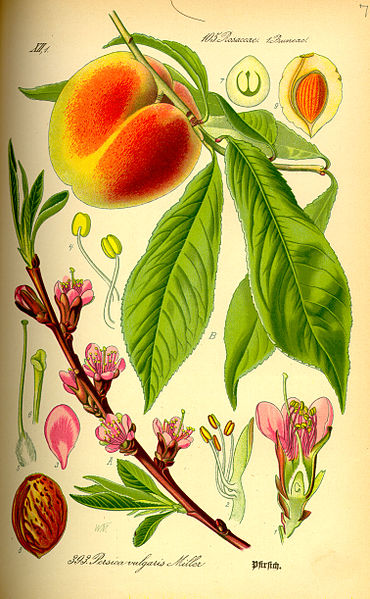When people walk through our permanent exhibit halls, sometimes they come upon an object that makes them think “what in the world are they doing?“. It can be two fossilized skeletons posed in an unusual arrangement, or an artifact with a strange ritual depicted on it. This article is the second in a weekly series entitled What In The World Are They Doing? to be published on our blog. This week we will focus on our collection of marine shell drinking cups, featured in the Southeast section of our Hall of the Americas. It may not sound like a super cool subject, but the cups have allowed archaeologist to better understand a vanished civilization located right here in the United States that most people don’t even know about. The cups tell stories of great cities, wild parties, death and the mythical realm of the Mississippian people. All of these exciting topics begin with one important ingredient: tea.
Variants of tea can be found in most cultures spanning centuries and across the globe, but even so, when most people think of the phrase “tea time” they probably don’t think of Native American ceremonies. Between 500 and 1000 AD, a Native American Cultural group called the Mississippian People developed their own brand of the tradition. The only difference was the time. Instead of mid-afternoon, Native American cultures of the Southeastern United States took their tea before the second corn crop of the year was harvested and possibly before battle as well. Also instead of drinking Earl Grey they drank a concoction that early European explorers called the “black drink”, a brew made from Yaupon Holly. This plant is toxic, but if prepared correctly it made a wonderfully caffeinated beverage that made parties more fun. Basically an energy drink.
If you’re going to risk your health, why not do it in style? Pictured above is a fragment of a conch shell drinking cup was used for consuming the black drink (also called casena) during special ceremonies such as the busk harvest ceremony. According to ethnographic accounts, the black drink would be consumed as an act of purification. Some accounts described men consuming the drink and then inducing themselves to vomit as a means of cleansing themselves. This behavior may be what’s going on in the image engraved in the first picture in this article.
Thousands of engraved marine shell drinking cup fragments have been discovered at the Spiro archaeological site in Oklahoma and hundreds of others have been found at other sites throughout the Southeastern Unites States. Many of the sites are hundreds of miles from the Gulf Coast habitats of the creatures that originally inhabited these shells, suggesting extensive trade routes running thousands of miles and connecting hundreds of settlements. It is important to remember that there were no beasts of burden in the New World at that time, so these trade goods were carried on foot and exchanged by hand. This means that these objects were hard to get and highly sought after.
On top of that, the elaborate engravings on the drinking cups were done with simple stone tools—an extremely time-consuming and laborious process. HMNS has some of the finest examples of this type of engraving on display now in our Hall of the Americas. For archaeologists these engravings are very telling because a simple band of hunter-gatherers or even a egalitarian horticultural community could never produce something like this. These objects were produced by specialized craftsmen, men distinguished from the labor-pool and working in the service of powerful chiefs. That’s right, we’re talking about social stratification, the corner-stone of civilization. A lot of people don’t know this, but before European contact, Southeastern North America was home to large cities of thousands of people. These cities had walls, fortifications, and elaborate ceremonial architecture. Chiefs lived in palaces high above the cities on enormous man-made earth-works. When they died, these powerful figures were buried in enormous earthen mounds along with their prized possessions. Because all of the house and temple structures were made of wood, they have long-since rotted away, but impressive and elaborate earthworks can still be seen at sites like Poverty Point in Louisiana.
The images on these shell cups depict mythical scenes of serpents, hawk-men and mysterious symbols like the hand with an eye in the center shown above, which may represent a constellation of stars. Some believe these designs may have been inspired by visions experienced when the artists drank the black drink and entered a trance-like state through ritual dancing. One very interesting image that is sometimes depicted on these shells is the trophy head. Our example is a bit of a tease. The steeply sloping sides of the shell make the image of the disembodied head and the arms of the person holding it just barely visible around the left-hand corner.
These images may make you think of head hunting tribes like those of South America and the South Pacific, but the Mississippian people did things a little differently. Because these grand cities of North America were home to thousands of people, they required a lot of food and a lot of resources for maintaining that population. Cities and their subsidiary agricultural villages would often go to war with each other over access to land. Trophy heads were often taken from important individuals from the enemy’s side. This is not a whole lot different from what some Old World monarchs did to their enemies. So both life and and death, art and war in the American Southeast had more in common with great empires than small settlements. Unfortunately this came to an end between 1000 and 500 AD, probably because of a period of climate change.
These little fragments of shells have allowed archaeologists to better understand a vanished civilization. There are other Southeastern objects in our Hall of the Americas that are equally as telling: arrow points, ceramic vases, preserved basketry, all waiting for you to come and see.



